Clean Beauty 2023: A (More) Practical Approach To The Mainstream Trend!
Taking a step away from the conventional clean beauty trend that became overhyped in 2020, here’s a more practical and scientifically backed Clean Beauty blog.
On Apr 6, 2023 – 14 minutes read
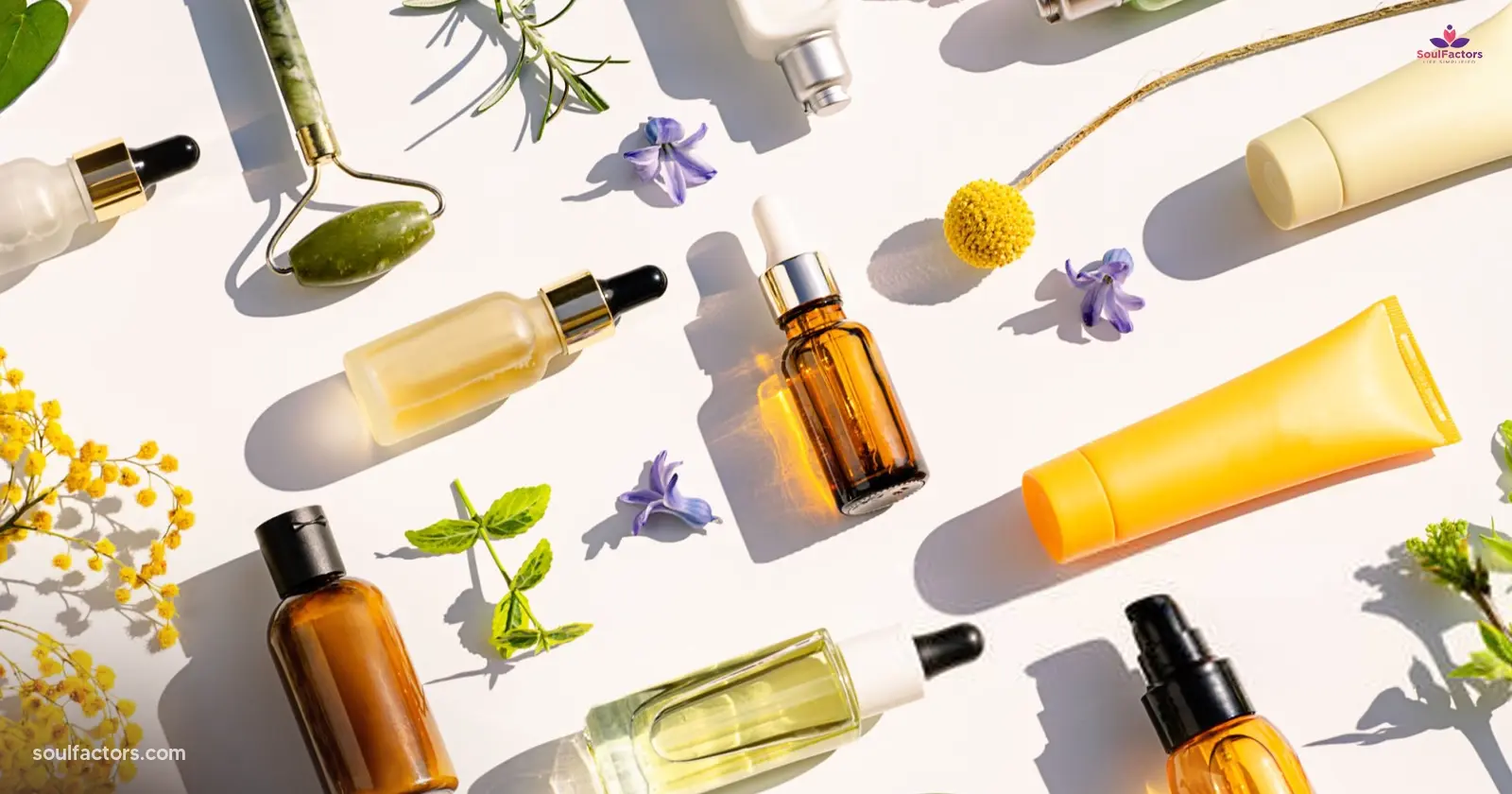
Back in 2020, the biggest talk of the wellness and cosmetic industry was how the biggest brands have been putting their valuable customers in harm’s way by using harmful chemicals in their products. The list of companies under fire for their “unclean, synthetic, or dirty” ingredients sadly caused billions of dollars to tank in terms of these brands’ shares. Then, this concept was introduced to us. It helped us instantly understand how such chemicals posed a potential risk of causing allergies, side effects, or worse, cancer. The approach led to what we know today as the biggest trend in skincare: Clean Beauty.
So far, our understanding of the clean beauty movement has been limited to the above-mentioned scenario. However, the reality is far different, and today, we urge you to look beyond the veil of smart marketing strategies.
Have you ever read news articles or blogs about the damaging effects of talc, sulfates, parabens, and other chemicals on your skin? Every third brand today claims to be free of these ingredients, but if you looked into the science of cosmetics and skincare formulation, you’d see things very differently.
Not only is the mainstream clean beauty skincare trend dangerously uninformed, but also misleading on part of brands that seek profits based on fear-mongering and environmental guilt-tripping.
After days of research, we have come up with a more practical approach to this trend that can help you make sustainable choices and nurture your well-being.
Clean Beauty Explained
We understand that everyone wishes to have flawless skin with the highest quality ingredients. Practical clean beauty skincare routines can give you that, but only when you make a decision based on factual evidence and not advertisements.
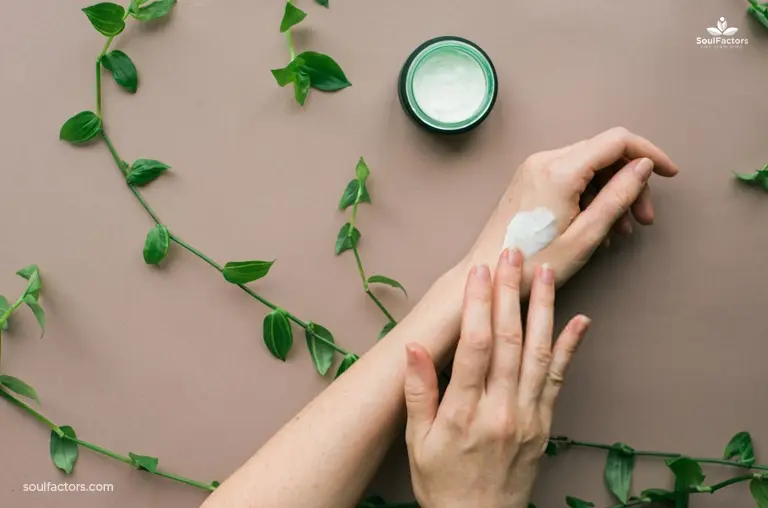
The old (and commonly used) definition of clean beauty talks about products that do not contain a specific list of ingredients, all of which have been labeled as harmful to your health on one or another level. In their place, using natural extracts, essential oils, and other organic compounds are used in such products, giving us a therapeutic experience and adding a feel-good factor.
As per our findings, practically this skincare takes into account the quantity, type, risk, and exposure of ingredients like preservatives and other chemicals before labeling them as clean or dirty. These decisions are based on toxicology reports and extensive research conducted by experts in the R&D departments, rather than your neighborhood influencer.
Four Principles Of Clean Beauty
So how do you know which brand is a practitioner of clean beauty standards? Well, four principles form the pillar of every formulation:
- Beauty and well-being
- Transparency and ethicality
- Environmental safety
- Hygiene
Now if you take a look at these qualities, you’ll notice that the definition of clean beauty itself is open to your interpretation of what these principles mean to you. The onus is shifted on to the customer and their definition of wellness, beauty, ethics, transparency, or cleanliness.
So, let’s bridge that gap and form a well-structured guideline for what clean beauty should mean instead.
- products comprise well-researched ingredients (natural and synthetic) that have documented evidence of efficacy.
- Such products are required to pass rigorous quality tests for the presence of allergens, animal products, and scarce resources.
- products shun animal testing and instead adopt better means of testing products.
- They consist of biodegradable ingredients that can benefit nature at every step.
- The products keep the ingredients sterile and safe for use after exposure to the elements.
When there is a specific meaning given to clean beauty, it can be the most wonderful trend in vogue! Now that we have a clearer set of guidelines that can lead a clean beauty lifestyle, let’s take a look at the aspects that define clean cosmetics.
The Harmful Ingredients Found In Traditional Beauty Products
Adopting clean beauty brands for your skincare routine can be a life-changing experience if done well. If you choose a brand that is responsible and follows all the parameters of the new and improved clean beauty standards, you can experience benefits like reliable results, suppler skin, removal of pigmentation and acne scars, reduction in fine lines, and an overall youthful glow that many covet.

Most of us may try an organic brand, read all-natural ingredients and think that the product is clean. However, the true picture is a little different. While it is easy for us to confuse clean beauty with natural beauty, let us help you separate the two. The main factor that overlaps clean beauty with natural beauty is the perception that all “natural” ingredients are clean. However, not all natural ingredients are good for your skin, and that’s where our new standards step in.
eyeful beauty comprises ingredients that when used in the appropriate dosage and frequency will not harm your health or has an extremely low possibility for adverse results.
Science Behind Synthetic Ingredients
We’re about to name a few synthetic ingredients that you may have commonly seen in mass-marketed advertisements that claim to be harmful to use in cosmetics:
- Phthalates
- Parabens
- Sodium Laureth Sulfate (SLES)
- Sodium Lauryl Sulfate (SLS)
- Diethanolamine (DEA)
- Triethanolamine (TEA)
- Triclosan
- Synthetic fragrances
- Chemical UV filters like Octinoxate and Oxybenzone
- Formaldehyde and Formaldehyde Releasers
Had these been found on the back of a product’s packaging, these names may put an uninformed individual into a state of panic. However, experts say otherwise. As per the FDA(1) and its extensive research, the type of parabens used in cosmetics have no conclusive evidence of being linked to breast cancer. This ingredient seems necessary for some products as it keeps environmental pollutants and microbes found in the air at bay from reacting with the formulation. However, Propylparaben and Iosbutylparaben are the types to look out for as these are the potentially harmful ones.
In short, not all chemicals listed above are harmful because of their concentration, chemical makeup, and exposure-to-risk ratio.
Other ingredients like sulfates (as found in shampoos) can be suitable for certain hair types while stripping too much moisture from the others. All in all, your choice of a clean beauty product depends on how the results affect you in the short and long term.
On the other hand, natural beauty ingredients like essential oils and concentrated extracts can be very harsh on your skin. For instance, citrus essential oils in hand-made beauty products at small businesses have the potential to burn your skin. It is also photosensitive and hence can cause hyperpigmentation with exposure to sunlight.
List Of Ingredients You Should Avoid, As Per The FDA.
- Bithionol
- Chlorofluorocarbon propellants
- Chloroform
- Halogenated salicylanilides
- Hexachlorophene
- Mercury compounds
- Methylene chloride
- Vinyl chloride
- Zirconium-comprising complexes
- Microplastics (scrubs, body wash liquids, and exfoliators)
All the above-mentioned ingredients are used in many skincare products and cosmetics and pose a documented threat to health by causing dangerous side effects like photosensitivity, skin irritation, rashes, or worse- various forms of cancer.
While clean beauty companies today are extra careful about what they add to their products like serums, oils, creams, and masks, it is still a great idea to educate yourself. Read about ingredients that can cause allergic reactions or irritation to your skin. If you’re not aware of what makes you break out, you can take an allergy test at a diagnostic center where they test you with several compounds. Once you know what natural and synthetic chemicals you’re allergic to, it will be easy to rule out products with such ingredients.
Traditional Vs Clean Beauty Products
The other controversial aspect of traditional vs clean beauty products is the use of preservatives. While this may raise red flags considering how much “greenwashing” the beauty industry has been through lately, here’s a little reassurance.
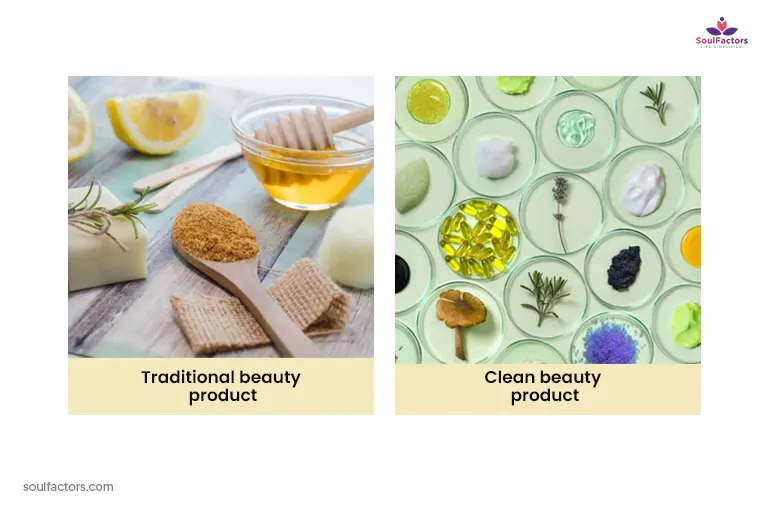
The use of preservatives in cosmetics and skin care products is necessary for your well-being. Not only do these products last longer, but also help to eliminate bacteria, fungi spores, contaminants, and microbes. Once the container is opened, the product is no longer vacuum sealed, and hence can easily interact with air. The air particles comprise elements including the aforementioned contaminants, which pose a threat to your health. Without preservatives that protect the product from being soiled or spoiled, your skin may bear the brunt of it! This is also why handmade beauty creams with 100% natural ingredients don’t last as long, may get discolored, or lose their efficacy.
While traditional beauty products that use such harmful ingredients were a rage a few decades ago, occurrences of such inclusions are rare today. So, when you look up your favorite night cream and find a safe type of preservative along with a heavy citrus essential oil, steer clear of the product- not because of the preservative, but the essential oil which can lead to skin rashes, burns, and hyperpigmentation.
Now that you know the yay and nay list of clean beauty vs traditional beauty products and how to look them up, we can move to understand the true standards that mark a good brand.
Criteria For Clean Beauty Standards
Clean beauty has the potential to make the world a better place for all, through well-researched and formulated products. If you’re confused about how to recognize a reliable brand, look up the following information:
- How they source their products
- Whether the ingredients used are sustainable, effective, and provide results
- Whether they test on animals
- Their certifications
- Reasonable pricing considering the ingredients
- Sustainable, recyclable, or biodegradable packaging.
Mentioned below are some common certifications that you can look for in products:
- EWG VERIFIED™
- MADE SAFE®
- USDA-CERTIFIED BIOBASED PRODUCT
- NATIONAL ECZEMA ASSOCIATION (NEA) SEAL OF ACCEPTANCE™
- COSMOS Certification ( products with 95% or more natural and organic ingredients)
- FDA Certification
If you love using home remedies, this beauty trend can be practiced by creating your products. Yes, they will have a limited shelf life, but using locally sourced ingredients in tandem with branded clean beauty products will help you save money and get glowing skin!
The Environmental Impact Of Unsustainable Beauty Products
While clean beauty has the opportunity to introduce more sustainable and ethical practices of production apart from creating non-toxic products, they still have a long way to go. In the ideal scenario, some eyeful beauty brands can leave a positive footprint on the planet by encouraging local small businesses, employing disadvantaged citizens, bringing cruelty-free testing, and biodegradable packaging.
While traditional or unsustainable beauty may not take all of these into consideration, the lack of concern regarding wastes or residues generated is the main cause of concern. Apart from contributing to habitat loss and vegetation loss, there are other problems like unfair treatment to wage workers that hit us the hardest.
To counter this and urge such companies to build a conscientious and clean practice, transparency is of utmost importance. Governments and regulatory authorities must change their mandates regarding the information these brands provide, offering customers full transparency to choose between supporting or discontinuing a brand themselves. Ultimately, encouraging cleaner beauty also means that every brand, be it traditional or clean, is to abide by the principle of transparency and integrity.
Addressing Common Misconceptions About Mainstream Clean Beauty
While we’ve just redefined the healthier version of clean beauty, the mainstream buzzword has several myths associated with them, thanks to marketing strategies that create a halo effect on consumers. Here are four misconceptions about conventional clean beauty that mislead customers in their chase for this trend.
Clean Beauty Also Means Vegan Beauty
While you will see many instances of crossovers between clean and vegan beauty, they are not interchangeable. Clean Beauty may use ingredients that are a no-go in vegan best practices.
Clean Beauty Products Are Always Cruelty-Free
To be called cruelty-free, none of a brand’s finished products must be tested on animals. Two known organizations that can certify this are Leaping Bunny and PETA, among others. Cruelty-free products also make sure to not do business with other brands that are not cruelty-free. This is not necessarily true for all beauty products labeled fresh or natural.
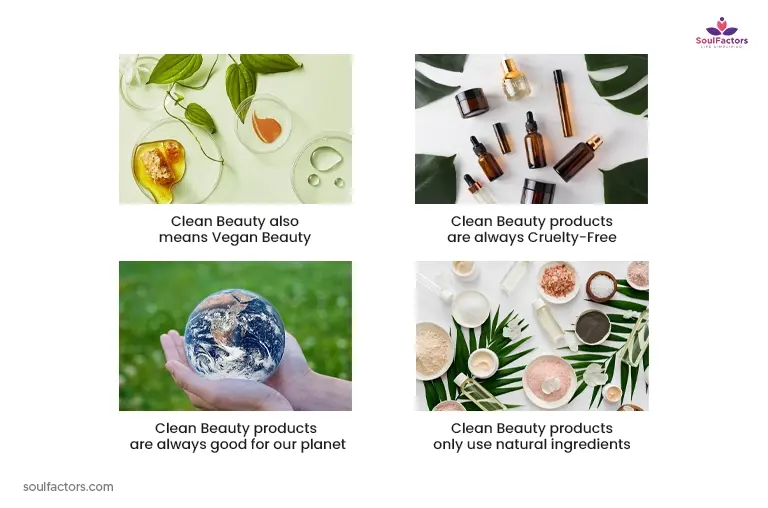
Clean Beauty Products Are Always Good For Our Planet
Mainstream clean beauty for aging skin and sensitive skin may use several natural ingredients and plant extracts that may come from questionable practices. For instance, the ingredient Bakuchiol which is hailed as the holy grail component of natural ingredients for aging skin is sourced from an endangered plant that does not germinate easily. Also, tropical and exotic ingredients may turn into invasive species, destroying the ecological balance of a region when they are grown next to the manufacturing units for cheaper sourcing.
Clean Beauty Products Only Use Natural Ingredients
While clean beauty and natural beauty often are used together, both are different. Clean Beauty also rules out several natural ingredients and uses preservatives in their products. Non-toxic beauty is what people follow more in this decade.
Tips For Transitioning To Clean Beauty Products
You’ve learned so much about clean beauty skincare, but how can you apply it correctly in your day-to-day schedule? It can be a task to leave behind so many products that you may be used to but are not good for your skin. Also, there’s a risk of experiencing withdrawal symptoms if you’ve been using heavy products for skin conditions. Instead of throwing everything away and starting anew, we’ve simplified the process in five steps:
Do Your Research
It’s good that the media is finally talking about how the corporates are not your skin’s best friends but never discount the power of individual research. Look up materials on clean beauty created by “qualified professionals.” This includes doctors, scientists, chemistry PhDs, and so on. The resources available online are endless, so there is no excuse to eliminate this step. Personal research also will help you customize the best natural and clean products as per your skin type and any underlying conditions.
Sift And Purge
Take the time to read about the products you use and the ingredients on the harmful side of the spectrum. These may include brightening creams and lotions with traces of bleach in them as well. Remove them from your collection to make space for healthier products. You can take your time to eliminate one product at a time by reducing their usage frequency from seven days a week to three, two, and one until you’re sure your skin won’t experience withdrawal. Stopping your routine and introducing several new products suddenly may lead to your skin purging. Instead, take a slow approach to wean your skin off one product and introduce a cleaner replacement.
Buy Mindfully
When you look up clean beauty products, take the time to consider your budget and the brand’s formulations. You can buy from local businesses with certifications to be extra mindful of the ingredient inclusions.
Try DIY Clean Beauty
Today, there are plenty of resources available to help you create your own non-toxic clean beauty products. Cleansers, soaps, moisturizers, toners, nourishing masks, and shampoos are all easily made with clean and easily available ingredients.
Incorporate Sustainable Change
It may be tempting to throw out all your previously used products to replace them with a new shelf of clean beauty brands but consider sustainability. Throwing half-used products will also hurt the environment, as well as your hard-earned money. Instead, use them less frequently to wean off them, and then add a new clean product. This will also help you maintain sound spending habits.
FAQ
Clean Beauty refers to using products that are:
Ethical and safe, Sustainable for the environment, Free of harmful chemicals, Transparent about their product inclusions
The goodness of clean beauty depends on your definition of the same. The mainstream meaning of clean beauty for sensitive skin, aging, and general dermatology are skewed by greenwashing and fear-mongering related to chemical additives. However, using clean products that are FDA certified can give you great results on your skin, especially if you are sensitive to ingredients like SLS, sulfates, and talc.
High-quality ingredients and ethical production are needed. Clean beauty products must be proven effective. Eco-friendly and user-friendly products are needed. Brands must also be transparent with stakeholders and customers.
Home skincare requires natural products. Asian, Latin, and African family recipes for balms, salves, creams, oils, and masks.
Two reasons drive clean beauty. It’s known for exposing big skincare brands’ toxic chemical use. However, mainstream clean beauty promoted by misinformed social media personalities is known for “greenwashing” ingredients.
Both clean beauty and natural beauty may seem like the same things, but there are substantial differences between both. For starters, clean beauty also rules out natural compounds and ingredients like citrus oils, fats, and others, while natural beauty sources their ingredients from “nature. The ethics and sustainability of sourcing such natural products could be questionable, while clean beauty doesn’t compromise on either.
The clean beauty trend revolves around becoming more conscious about the products you use in your skincare routine. It also involves cleaning up your list of products to be replaced by those with “clean ingredients”.
Final Word
Now that you know all about clean beauty, its portrayal, and what it should ideally be, how will you proceed with its adoption? When applied practically, it can be a game-changer for your health and skincare routine. All we urge you to do is look past the buzzwords and look up credible resources that teach you how to transition into a cleaner lifestyle!

Subscribe to Newsletter
Elevate your routine, stay on trend, and embrace a personalized beauty journey with our curated insights.

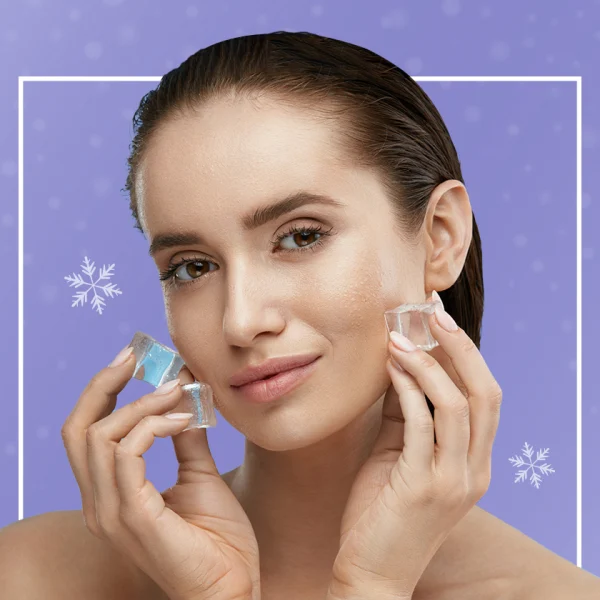
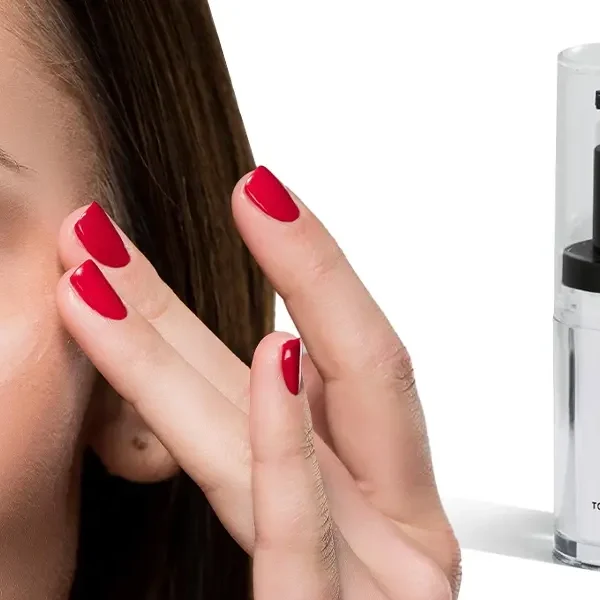

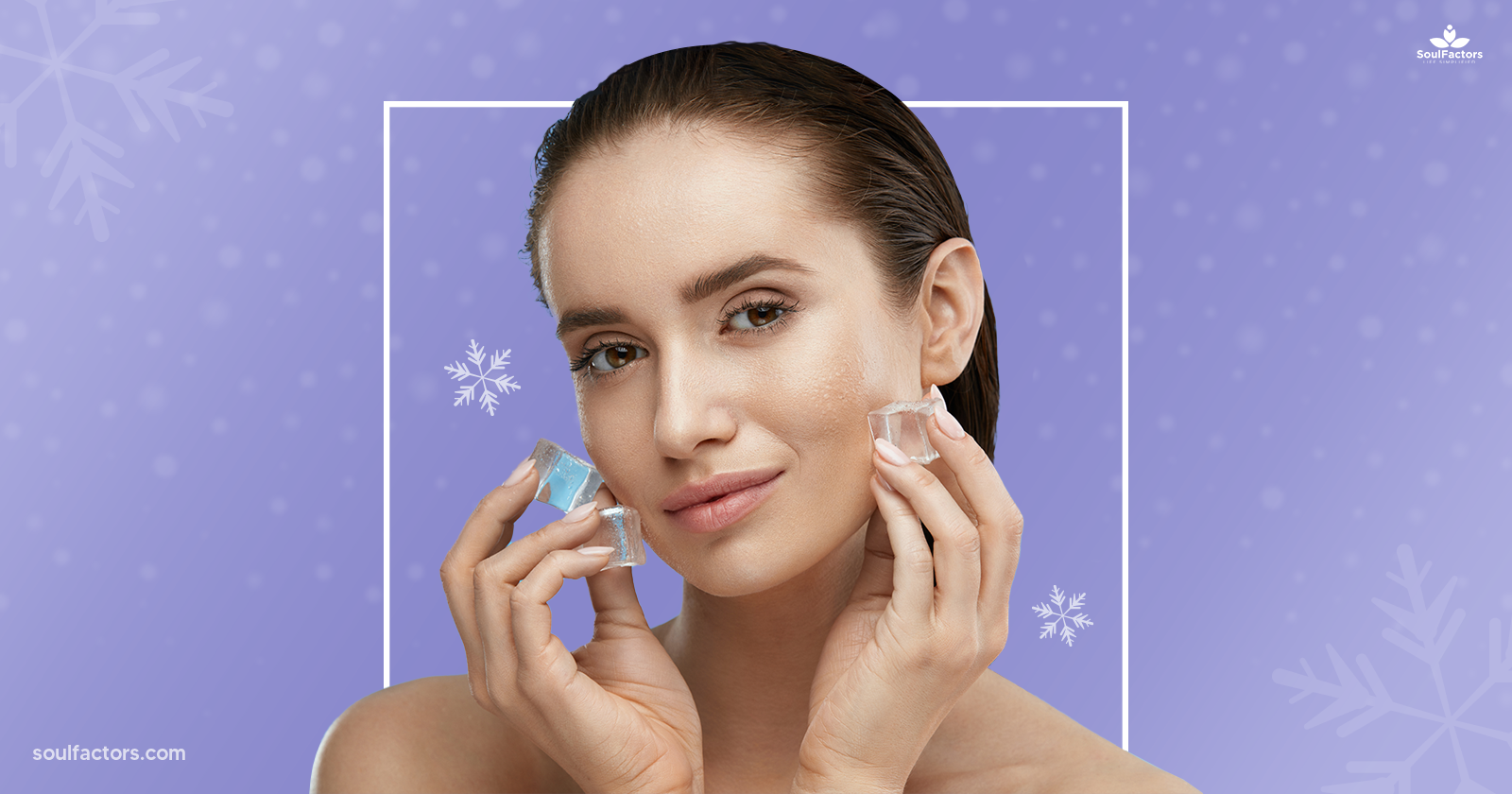
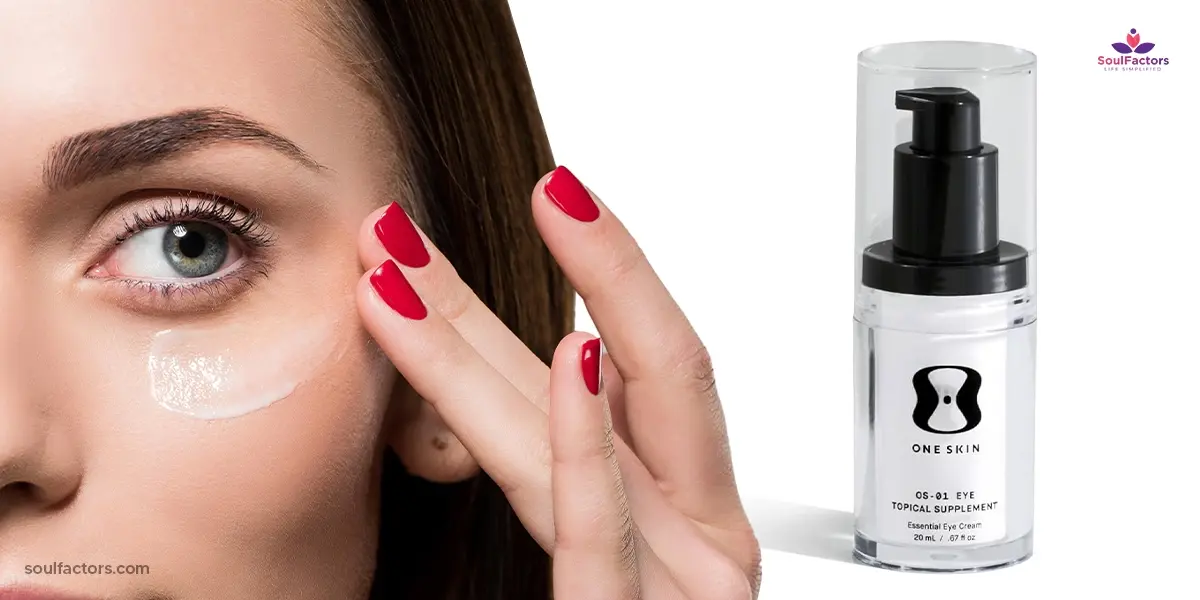
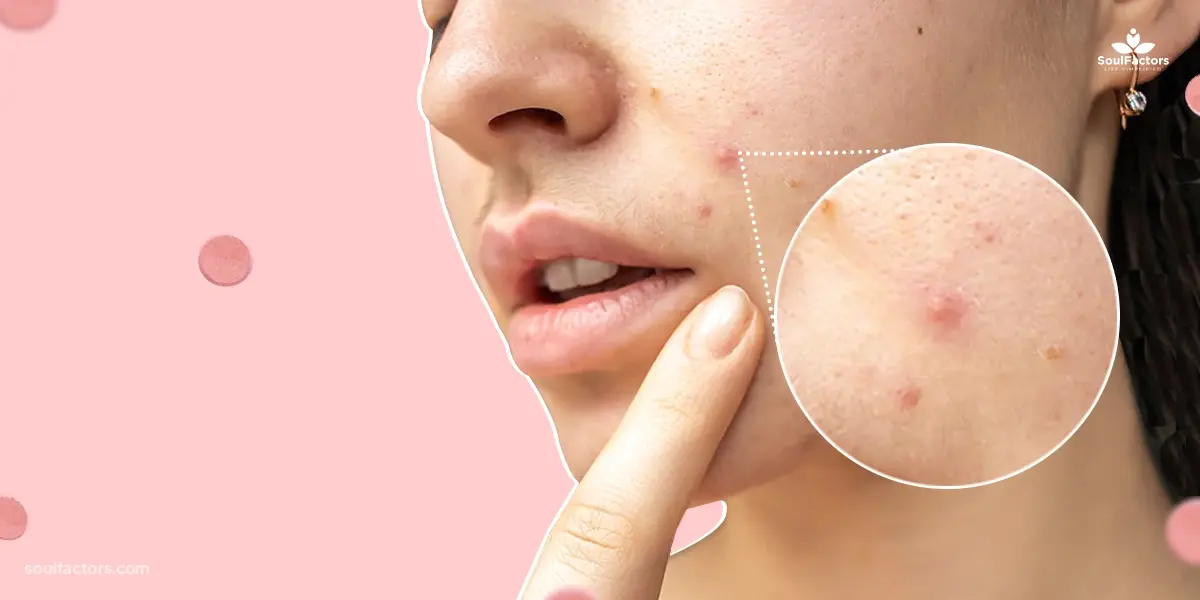
Write a Comment